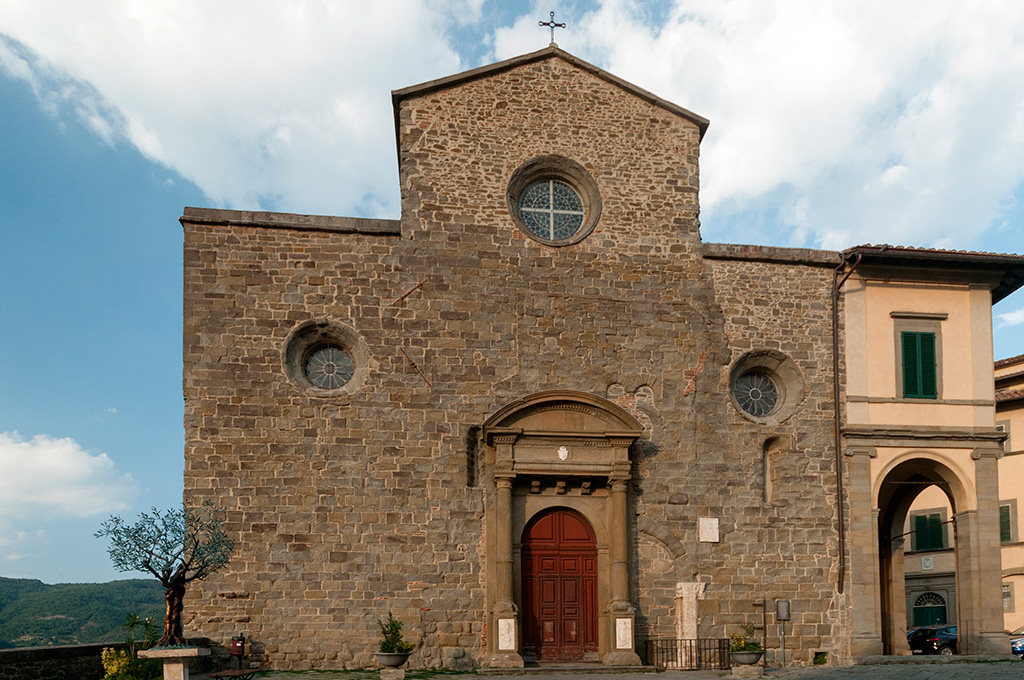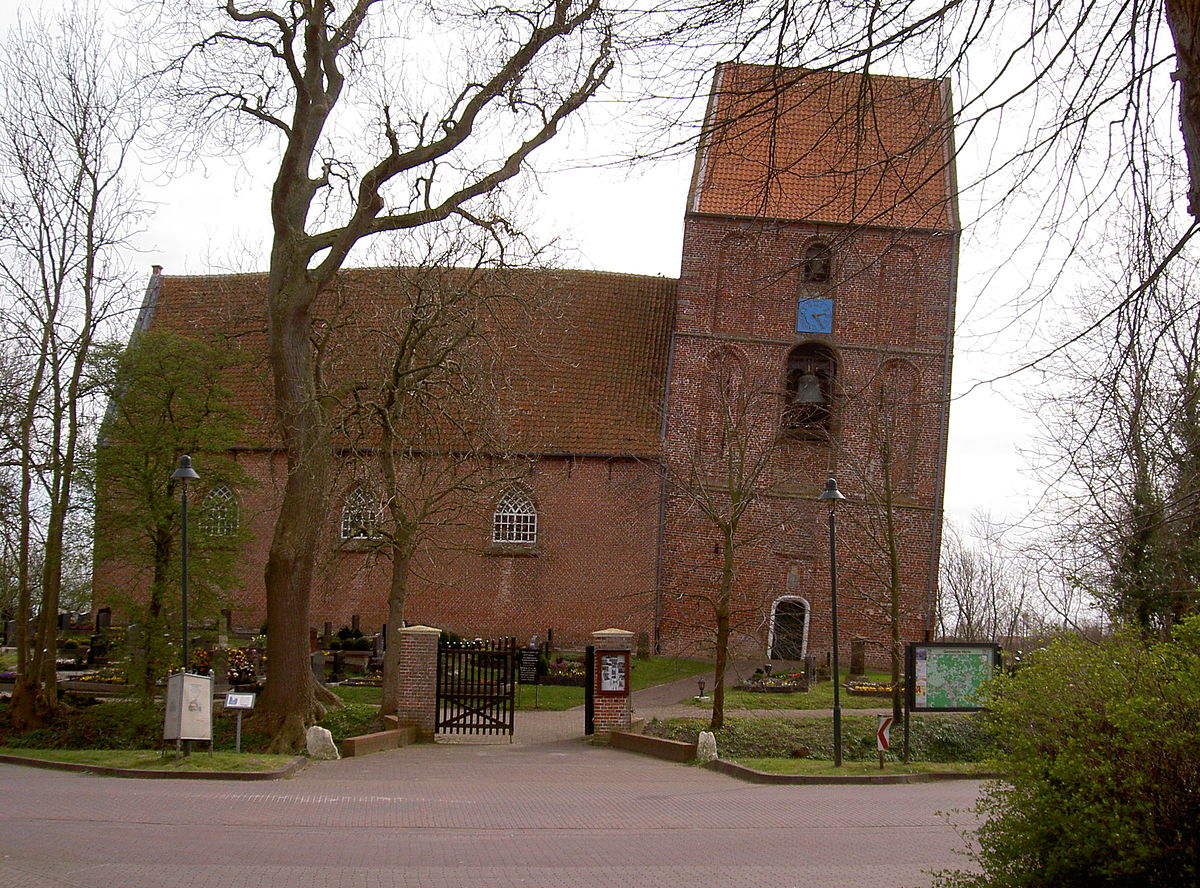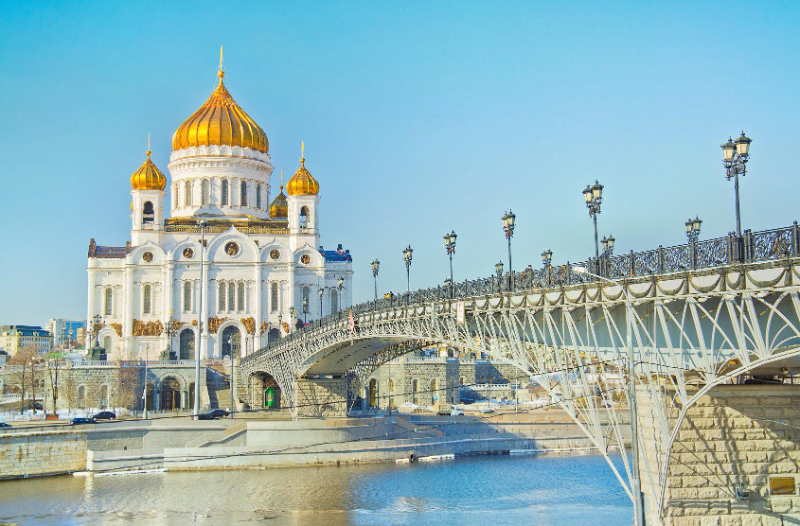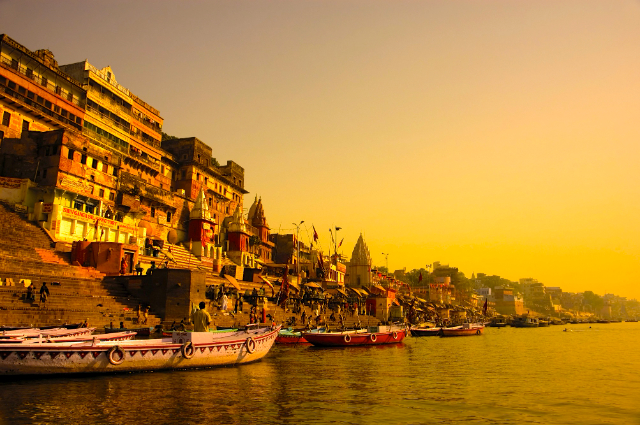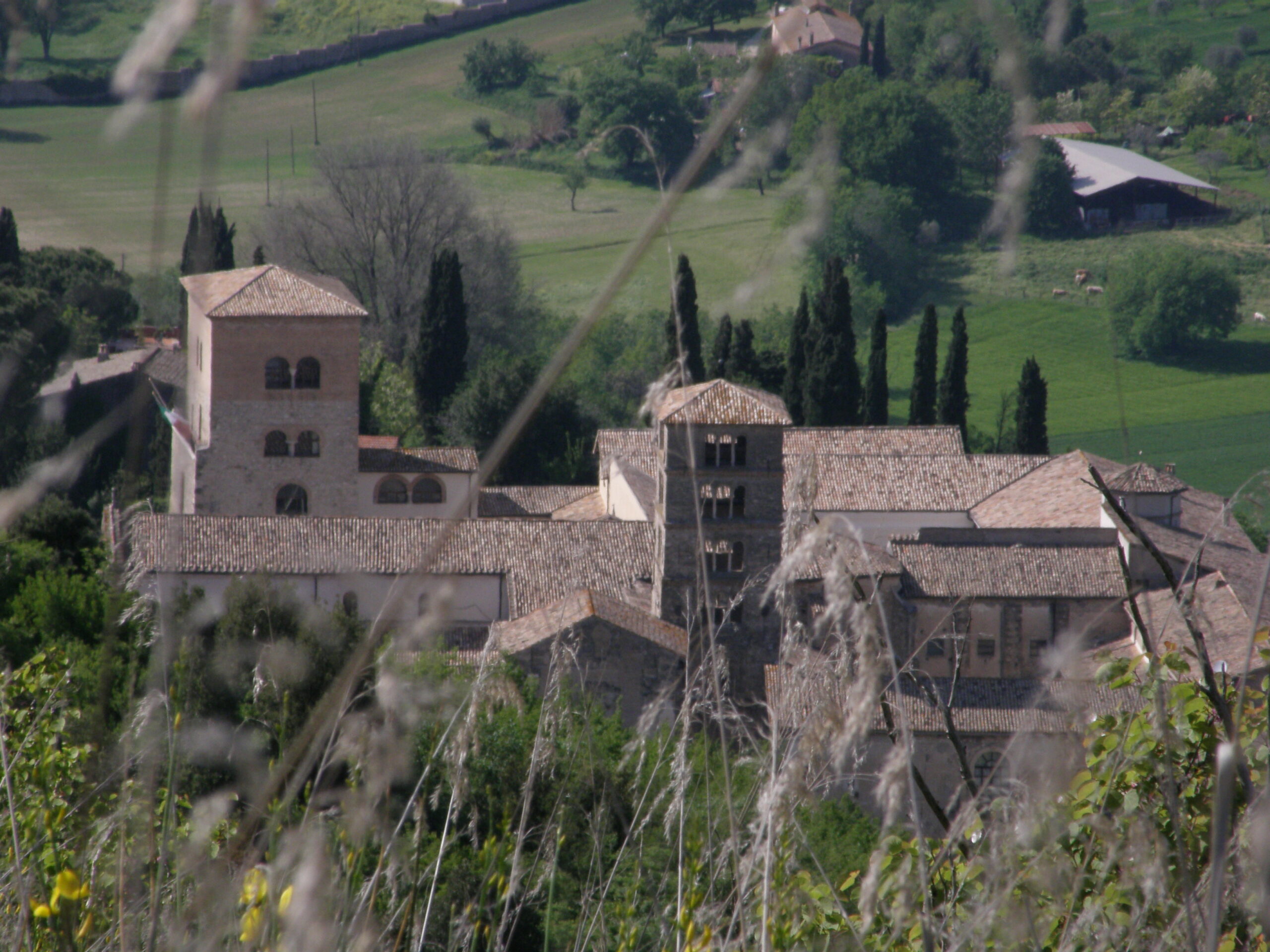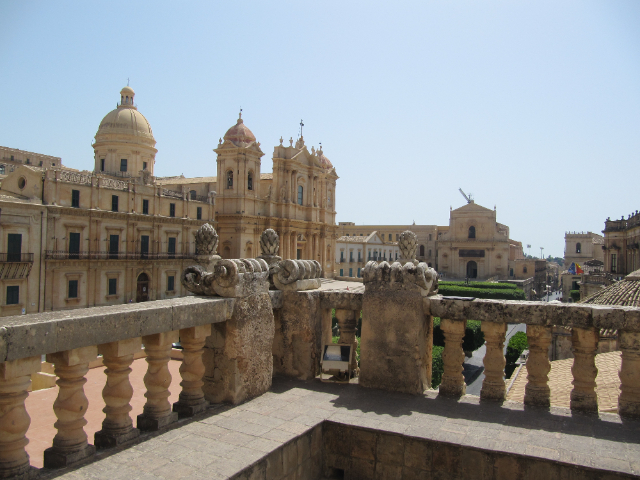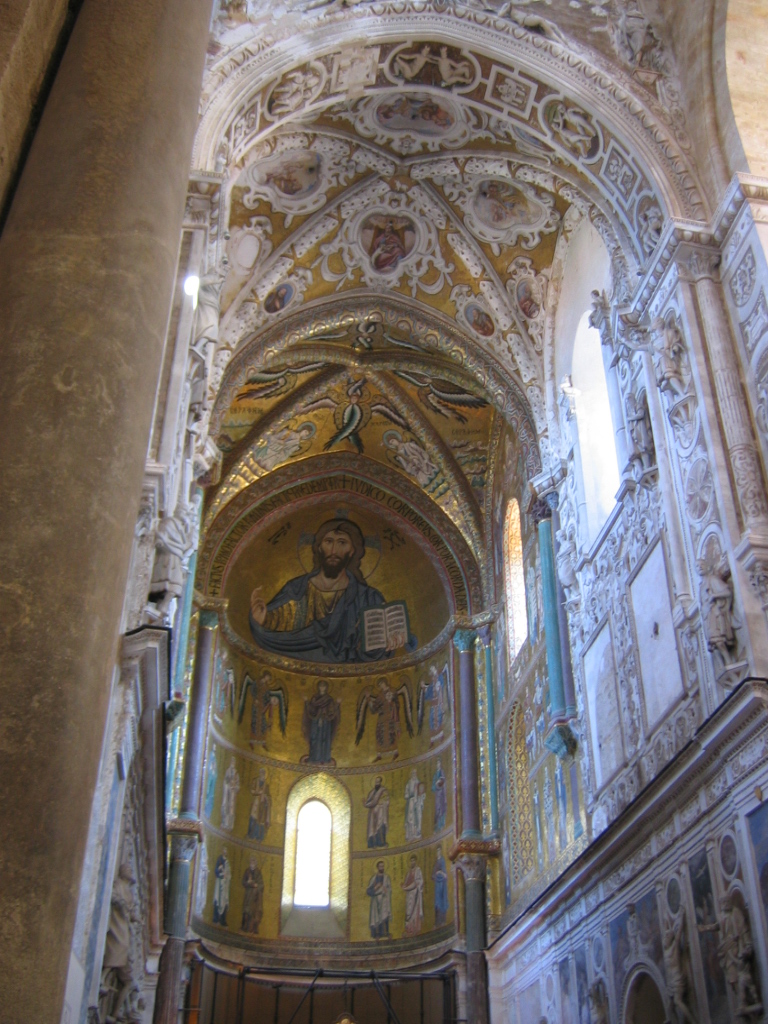The Cathedral of Cortona rises on an area that dates back to the Etruscan/Roman Corys.
In fact, the sections of the walls on which the north wall was built are Etruscan/Roman, as well as the column and the following closed semi-arch on the right of the main facade.
To be precise, this is not a cathedral, but rather a co-cathedral, or a cathedral, let’s say minor, compared to another located in the same diocese and then, in our case, located in Arezzo. The history of the construction of the Cathedral of Santa Maria Assunta dates back to about the year 1,000, when it was built a first parish church in Romanesque style.
More than two hundred years later the architect Nicola Pisano restructured it … it was 1262.
More than two hundred years passed until, between 1481 and 1507, under the impulse given by the great Pope Julius II, the church changed its shape becoming, almost, the Cathedral we see today.
Behind the austere façade there are some important works: the Madonna della Manna, in painted terracotta from the 15th century, the Adoration of the Shepherds by Pietro da Cortona, a 17th century wooden crucifix by Andrea Sellari and a 17th century painting by Lorenzo Berrettini depicting the Madonna with Child and Saints. In the right aisle there are two seventeenth-century paintings by Raffaello Vanni (Transfiguration) and Lorenzo Berrettini, (Death of St. Joseph). Very important is also the Madonna del Pianto, a work in painted terracotta by an unknown artist of the thirteenth century. Two fundamental works now in the Diocesan Museum were housed here: the Majesty by Pietro Lorenzetti and the Assumption of the Virgin by Luca Signorelli.
